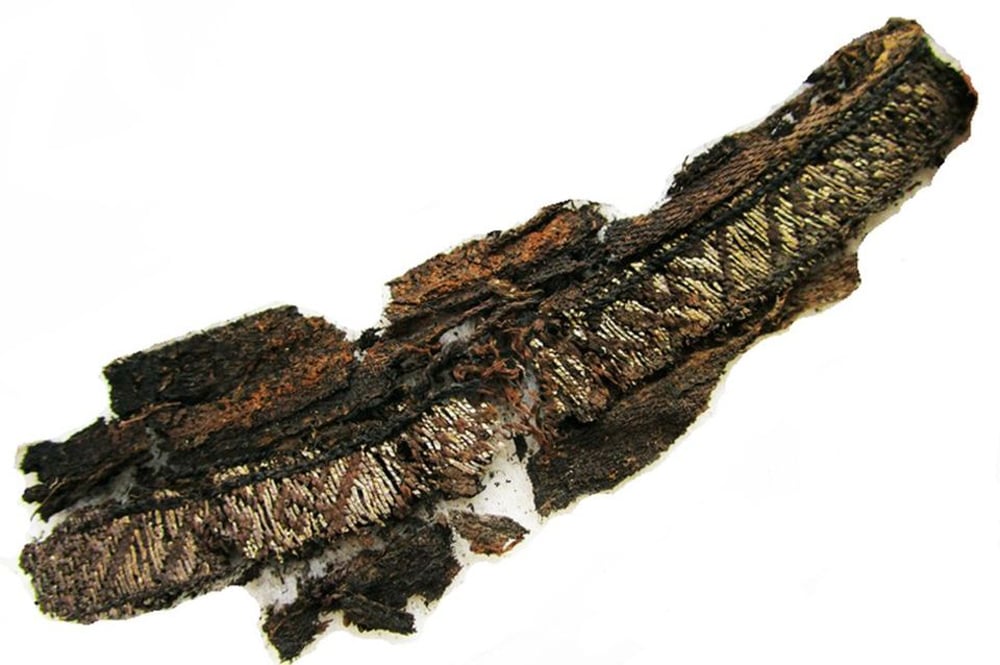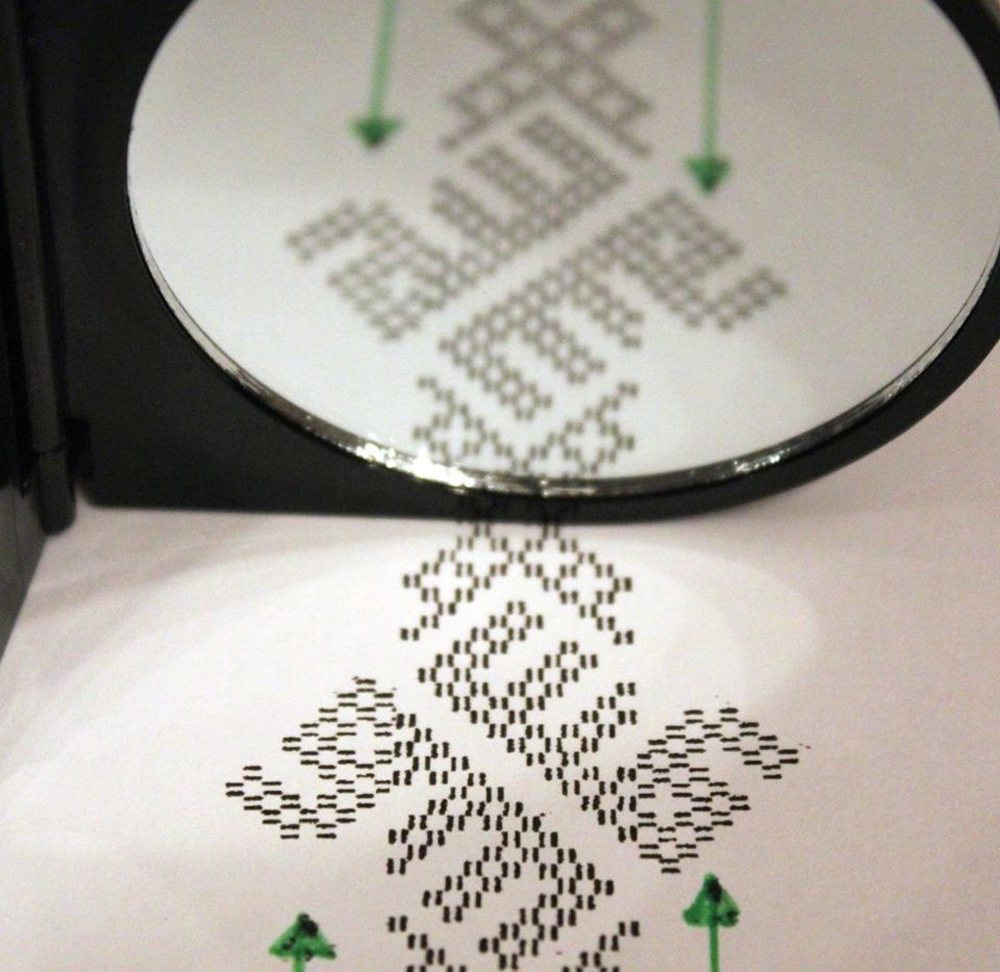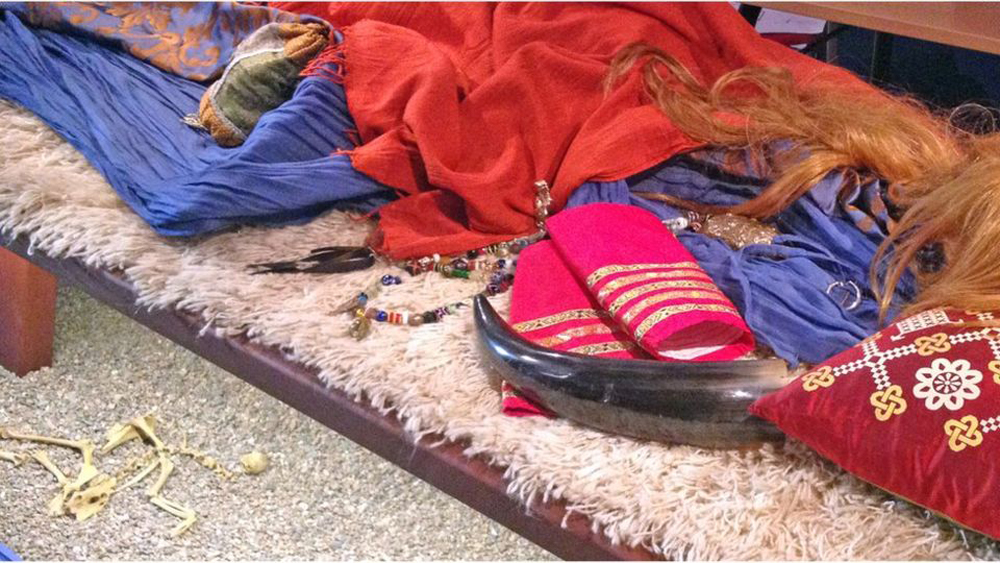Researchers in Sweden have found Arabic on Vikings burial clothing
Researchers in Sweden have found Arabic characters woven into burial costumes from Viking boat graves, whose age spanned from late 8th century to the mid-11th century.
The discovery raises new questions about the influence of Islam in Scandinavia, writes journalist Tharik Hussain, reported BBC.
Patterns woven with silk and silver thread have been found to spell the words "Allah" and "Ali".

They were kept in storage for more than 100 years, dismissed as typical examples of Viking Age funeral clothes.
The silk patterns were originally thought to be ordinary Viking Age decoration but a re-examination by archaeologist Annika Larsson of Uppsala University revealed they were a geometric Kufic script.
They were found on woven bands as well as items of clothing, in two separate grave sites, suggesting that Viking funeral customs had been influenced by Islam.
The breakthrough was made by textile archaeologist Annika Larsson of Uppsala University while re-examining the remnants of burial costumes from male and female boat and chamber graves originally excavated in Birka and Gamla Uppsala in Sweden in the late 19th and mid-20th centuries.

Larsson has so far found the names on at least 10 of the nearly 100 pieces she is working through, and they always appear together.
"We know from other Viking tomb excavations that DNA analysis has shown some of the people buried in them originated from places like Persia, where Islam was very dominant.
She further added, "However, it is more likely these findings show that Viking age burial customs were influenced by Islamic ideas such as eternal life in paradise after death."
Her team is now working with the university's department for immunology, genetics and pathology to establish the geographic origins of the bodies dressed in the funeral clothes.

For Larsson though, her discovery offers much promise for the future.
"Now that I am looking at Viking patterns differently, I am convinced I will find more Islamic inscriptions in the remaining fragments from these excavations, and other Viking era textiles.
-
Benefits of magic potion that is Apple Cider Vinegar
-
Why too much caffeine can jeopardise your health
-
Refreshing and Nutritious: Healthy Drinks for Your Perfect Lifestyle
-
What is Cortisol belly? How can you get rid of it?
-
Top five reasons to add oats in your beauty regime
-
Power of Sunblock: Your Key to Radiant Skin and Healthier Living
-
Impact of Flavonols on mortality rate, cancer, cardiovascular disease
-
Cosy Cardio: Comfortable fitness trend anyone can follow











